Varus' other abilities consume stacks of Blight on enemies upon damaging them to deal 3 / 35 / 4 / 45 / 5% (2% per 100 ability power) of the target's maximum health bonus magic damage and, if they are a champion or epic monster, reduce his basic abilities' cooldowns by 12% of the maximum cooldown for each stack on the target, up to 36% per target The bonus damage is capped atQuite often, varus deformity is confused with clubfoot In fact, these are two different pathologies The clubfoot has a congenital nature, and the varus of the foot is always acquired For children up to 34 months, the "wheel" legs are a variant of the norm But after this age, only an experienced orthopedic surgeon can assess the situation The child's joints are weak, plasticVarus and altered pitch of the midfoot leads to overloading of the lateral rays, with stress fracture of the navicular and metatarsals Uneven forefoot loads due to variable metatarsal alignment have varied effects on metatarsals and stability during heel rise Hyperplantar flexion of the medial foot causes lateral overload and pain under the first metatarsal and dynamic hindfoot varus, with

Congenital Clubfoot Congenital Talipes Equino Varus Ppt Video Online Download
Varus club foot types
Varus club foot types-This video describes the Basics of Pathoanatomy (Pathological Anatomy) of the Club Foot (CTEV) and a brief description of clinical examination of a child affForefoot is primary deformity Equinocavovarus Partially corrected club foot Components Plantarflexed first ray Tight Plantar fascia Paralyzed intrinsic muscle



Talipes Equino Varus Club Foot
•Types of clubfoot Clubfoot •Congenital talipes equinovarus •The commonest significant congenital deformity worldwide •Caucasians –1 per 1000 live births •Africans –23 per 1000 •Polynesians –6 per 1000 Clubfoot genetics •Male female ratio 31 •40% bilateral •2nd child in family with CTEV 1/35 •Monozygotic twins 325% coincidence •Dizygotic 29% •ProbablyClubfoot is a foot deformity classified into three different types idiopathic (unknownClubfoot happens because of a problem with the tendons, the tissues that connect muscle to bone The tendons in the baby's leg and foot are shorter and tighter than they should be That causes the foot to twist What are the different types of talipes?
The most common type of club foot is congenital talipes equinovarus clubfoot, also known as congenital talipes equinovarus, is a developmental deformity of the foot one of the most common birth deformities with an incidence of 12 per 1000 live births each year in the white population (1,2) clubfoot is twice as common in boys and is bilateral in 50% of case;Clubfoot (talipes equinovarus) is a birth defect in which the foot and ankle are twisted out of shape or position The usual clubfoot is a down and inward turning of the hind foot and ankle, with twisting inward of the forefoot Sometimes the foot only appears abnormal because it was held in an unusual position in the uterus (positional clubfoot)Club Foot (Talipes Equinovarus) In Diagnostic Imaging (Second Edition), 16 Lateral radiograph shows hindfoot varus deformity in a patient with clubfoot The longitudinal axes of the talus and calcaneus are nearly parallel, measuring 0°;
There are several types of clubfoot that are jointly known as 'talipes', as the deformity is mostly in the talus (a bone in the ankle) The most common of the talipes is what is known as "talipes equino varus" it is so common that the word clubfoot is commonly used to refer to this In talipes equino varus, the child is born with the foot pointing down and twisted inwards at the ankle TheVarus club foot types For example, the distal end of the femur is the end which connects to the knee, because the femur's point of attachment is at the pelvis Varus deformities can occur in a number of bones and joints in the body, and they can vary in severity Clubfoot, also known as talipes equinovarus (TEV), is a common foot abnormality, in which the foot points downward andCongenital Talipes EquinoVarus Congenital Clubfoot Prof Mohamed M




Demonstration Of Deformities Present In Clubfoot Download Scientific Diagram
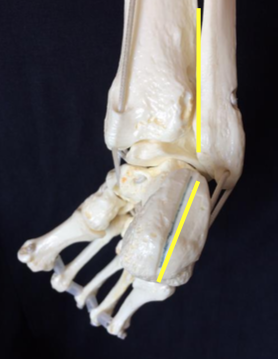



Introduction To Clubfoot Physiopedia
Forefoot adduction and hind foot varus When left untreated, children having clubfoot walk on the sides and/or top of their feet, which leads to callus formation, skin and bone infections, substantial limitation in mobility, reduced employment opportunities and inability to wear standard shoes It is astonishing that in spite of the vast attention, there is still need to focus on its etiologyClubfoot, also called talipes equinovarus, is a birth defect that affects the foot and ankle It's a congenital condition, which means that a baby is born with it The foot or feet turn inward When you look at the foot, the bottom of the foot often faces sideways or even up Clubfoot happens because of a problem with the tendons, the tissuesNormal foot,flatfoot, valgus ,varus,club foot,supinator,pronator Knee valgus can lead to patellofemoral (knee) pain, acl tears, and iliotibial band syndrome Start studying club foot types Foot deformities developing after accidental and other foot injuries, eg To keep feet joint grow in the correct place, prevent kinds of foot problem Eventually one of them starts to bulge in the
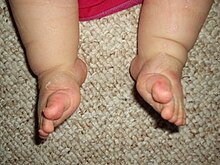



Clubfoot Wikiwand




Clubfoot Flip Ebook Pages 1 Anyflip Anyflip
Club foot 1 CLUB FOOT Presented By Sushant 2 INTRODUCTION Talipes Latin talus (ankle) pes (foot) Equino indicates the heel is elevated (like a horse's) varus indicates it is turned inward It is a congenital malformation of the lower extremity that affects the lower leg, ankle, and foot Club foot, also called congenital talipes equinovarus (CTEV), isClubfoot (talipes equinovarus or TEV) represents a congenital dysplasia of all tissue (bone, muscle, ligaments, nerves, and blood vessels) where? The true clubfoot is characterized by equinus, varus, adductus and cavus The equinus deformity is present at the ankle joint, TCN joint and the forefoot In the varus component, the hind foot is rotated inwards and this occurs primarily at the TCN joint The whole of the tarsus, except for the talus, is rotated inward with respect to the lower leg Since the forefoot follows the



Talipes Equino Varus Club Foot
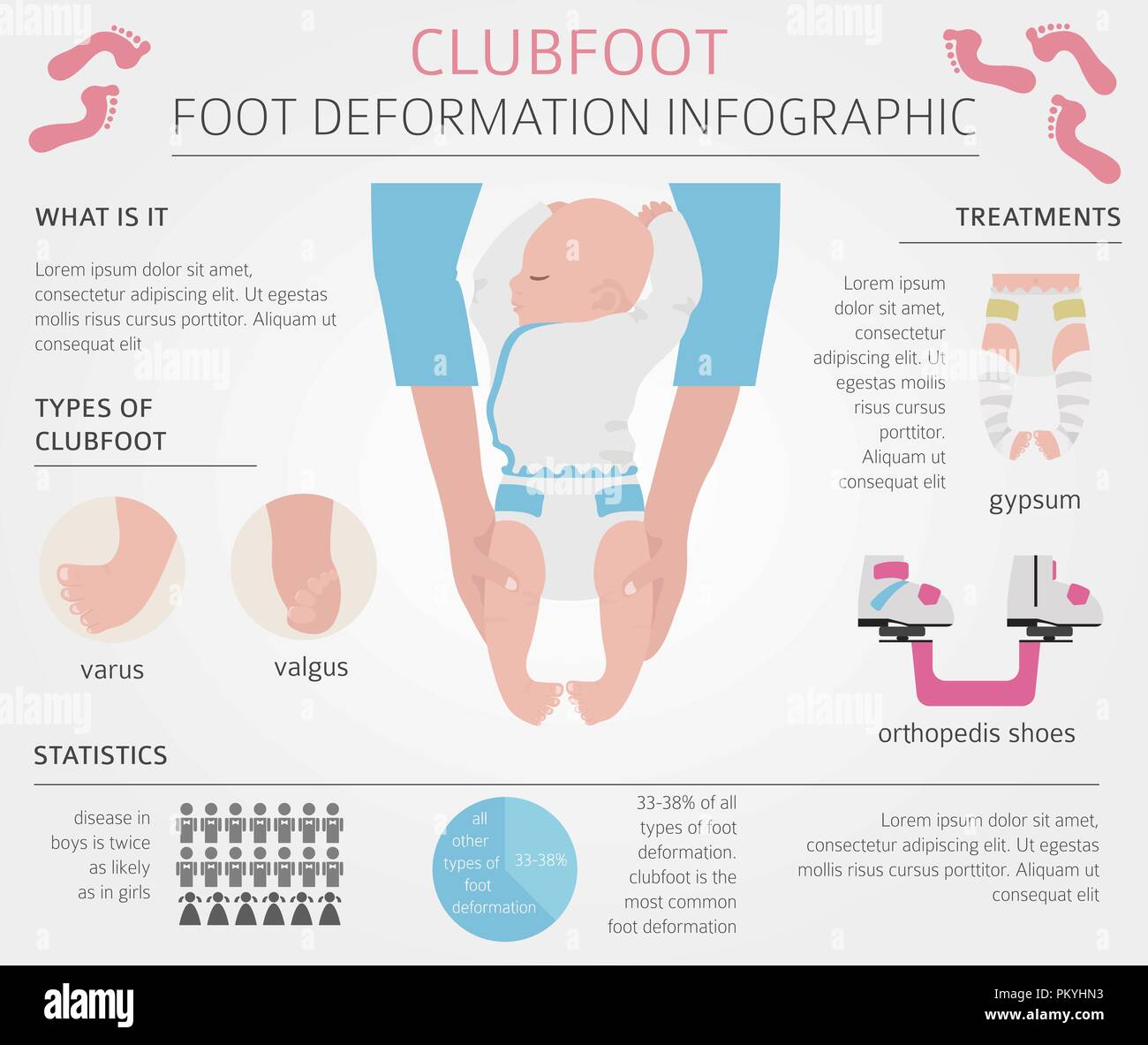



Foot Deformation Medical Desease Infographic Clubfoot Defect Vector Illustration Stock Vector Image Art Alamy
What causes Talipes Varus? Congenital talipes equinovarus, also known as 'club foot', is a congenital foot deformity present at birth It is one of the most common congenital deformities The foot consists of 26 bones Most relevant for this congenital deformity are the talus, calcaneus and navicular The calcaneus and navicular are medially rotated in relation to the talus The foot is held in adductionCavo‐varus Imbalance between Tibialis anterior and Peroneus longus Varus present;




Congenital Clubfoot Congenital Talipes Equino Varus Ppt Video Online Download
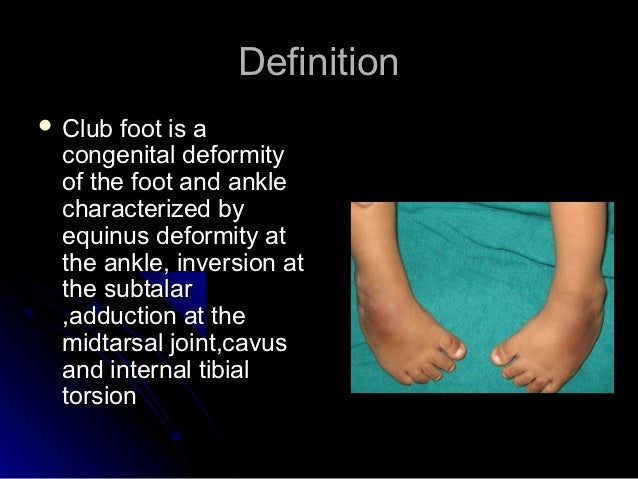



Congenital Talipes Equino Varus
Club Foot Talipes equinovarus (once called club foot) is a deformity of the foot and ankle that a baby can be born with It is not clear exactly what causes talipes In most cases, it is diagnosed by the typical appearance of a baby's foot after they are born The Ponseti method is now a widely used treatment for talipes Varus Club Foot Types Club foot (talipes equinovarus) is a deformity of the foot and ankle that a baby can be born with Navicular and cuboid are displaced medially Flatfoot cavushighly arched foot varus Foot anatomyctev types, causes deformities & management подробнее Forefoot varus is the angling or inverted position of the bones in the front of theNormal talocalcaneal angle in this plane is 2355° in a newborn AP radiograph in the same patient shows near parallelism of the talus and calcaneus
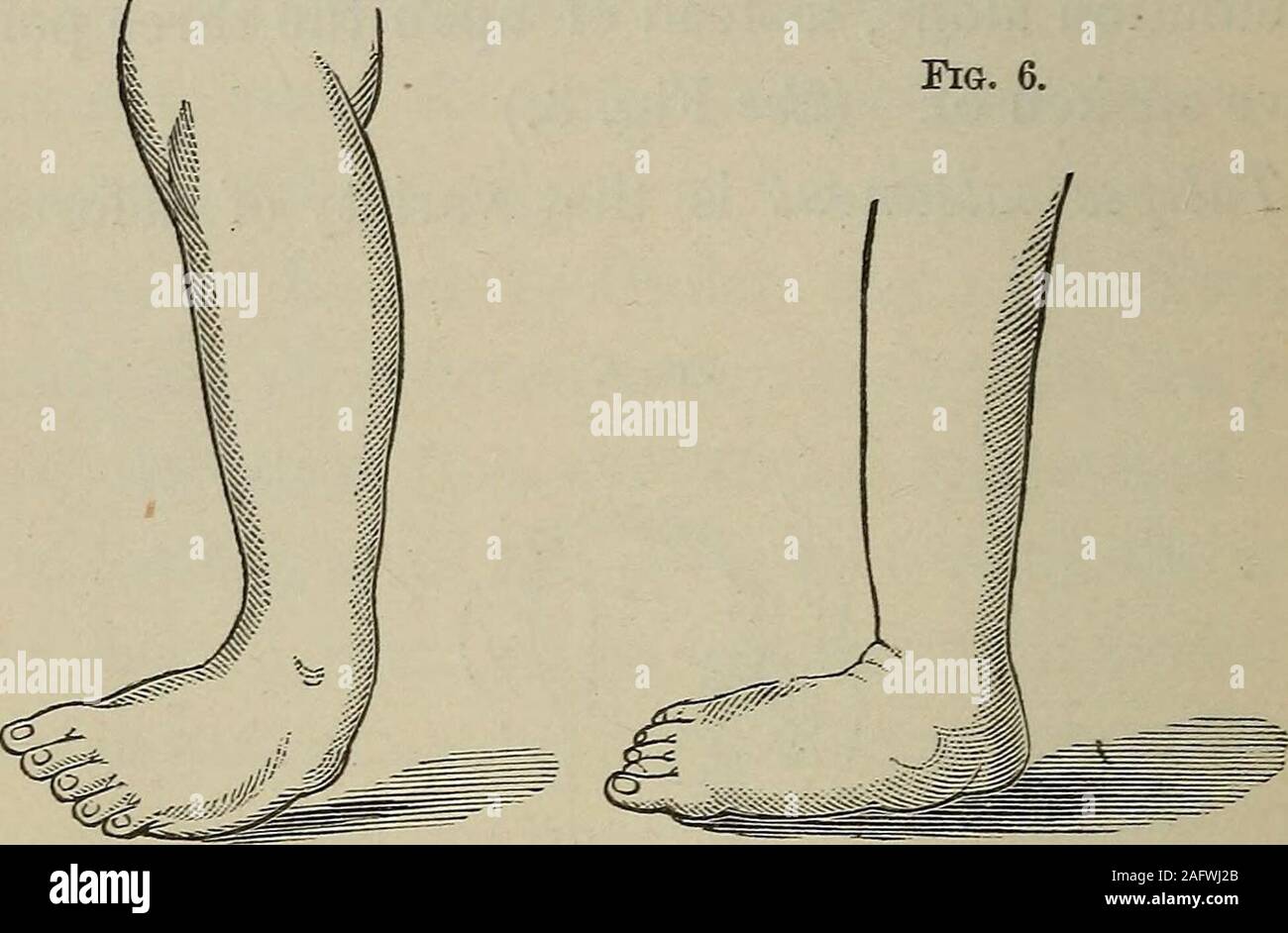



A Practical Manual Of The Treatment Of Club Foot Talipes Calcaneus Where The Anterior Portion Of The Foot Is Elevated And The Heel Touches The Ground See Fig 4 In Talipes Varus The




Clubfoot Foot And Ankle Deformities Principles And Management Of Pediatric Foot And Ankle Deformities And Malformations 1 Ed
Clubfoot is a foot deformity in newborns where the foot is rotated inwards (varus) and downwards (equinus) (Figure 1) The vast majority of clubfoot deformities are congenital in nature, and therefore acquired during development in the uterus and not through heredity It occurs in approximately 1 in 1000 births and is bilateral about 50% of the time A small percentage areExplanation of talipes equinus varus with notes and pictures Clubfoot is a congenital condition, one that a baby is born with in which the foot or feet turnSignificant or rigid heel varus raises the possibility that the deformity is a clubfoot A key differential between MA and clubfoot is ankle motion In clubfoot, the calcaneus is resistant in equinus, and the foot as a unit cannot be passively dorsiflexed normally at the ankle The hindfoot in MA can be manipulated through a full range of dorsiflexion and plantarflexion at the ankle joint
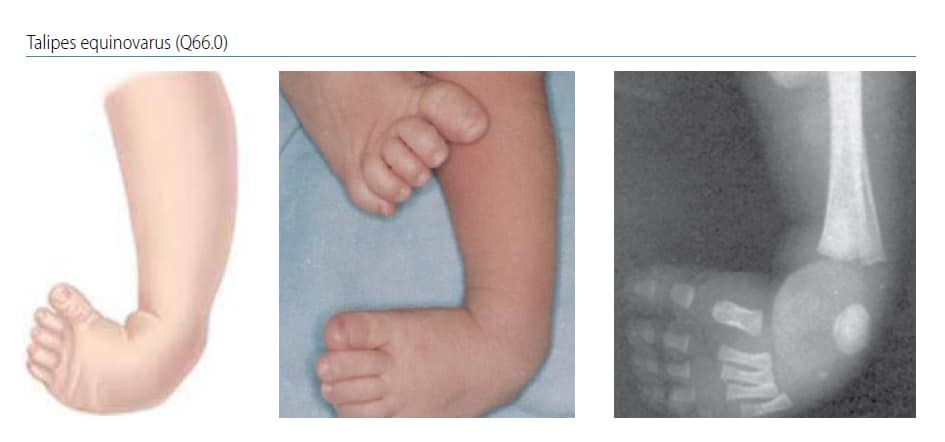



Chapter 4 9 Talipes Equinovarus Talipes Equinovarus Q66 0 Cdc




Clubfoot Congenital Talipes Equinovarus Narayana Health
Clubfoot, known as congenital talipes equinovarus, is one of the complex paediatric foot deformity with the incidence of 1 in every 1000 live births It consists of four complex foot abnormalities such as forefoot adductus, midfoot cavus, and hindfoot varus and ankle equinus There are aCommon Types of Clubfoot Positional clubfoot can be corrected by immobilizing the joints in a cast and by using physical therapy to stretch the foot and ankle Early treatment with immobilization is beneficial for true clubfoot, but surgery, often complex, is also generally needed Other foot defects include metatarsus adductus, metatarsus varus, talipes calcaneovalgus, and pes planus (See Club Foot also is known as Giles Smith Syndrome, Congenital talipes equinovarus (CTEV), or talipes equinovarus (TEV) The Word "Talipes Equinovarus" comes from Latin Talus (ankle) pes (foot)Equino– indicates the heel is elevated (like a horse's) varusindicates it is turned inward The foot is turned in sharply, and the person seems to be walking on their ankle



Clubfoot Orthoinfo os




Congenital Clubfoot Congenital Talipes Equino Varus Ppt Video Online Download
Most often idiopathic butCLUB FOOT Types Postural CalcaneoValgus Look for CDH EquinoVarus Minor and correctable CLUB FOOT Types Idiopathic (Unknown Etiology) Congenital Talipes EquinoVarus CTEV Acquired, Secondary to CNS Disease Spina bifida, Poliomyelitis Arthrogryposis Absent Bone fibula / tibia Congenital Talipes EquinoVarus CTEV Congenital clubfoot or CTEV occursClubfoot (talipes equinovarus) Definition Clubfoot is a complex foot deformity that is comprised of five fixed deformities Hindfoot Equinus foot position short Achilles tendon fixes the foot in plantar flexion;
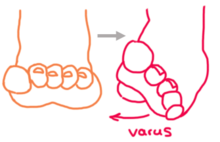



Clubfoot Wikipedia
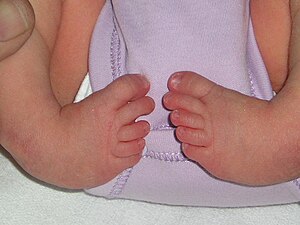



Clubfoot Wikipedia
CONGENITAL TALIPES EQUINO VARUS (CLUB FOOT) INTRODUCTION Congenital talipes equinovarus, also known as 'club foot', is a congenital foot deformity present at birth It is one of the most common congenital deformities The foot consists of 26 bones Most relevant for this congenital deformity are the talus, calcaneus and navicular The calcaneus and navicular areClubfoot, also known as talipes equinovarus (TEV), is a common foot abnormality, in which the foot points downward and inward The condition is present at birth, and involves the foot and lower leg It occurs twice as often (21) in males than in females It may affect one or both feet (50 % are bilateral) For parents with no family medicalClub foot (also called talipes) is where a baby is born with a foot or feet that turn in and under Early treatment should correct it In club foot, 1 foot or both feet point down and inwards with the sole of the foot facing backwards Credit Club foot happens because the Achilles tendon (the large tendon at the back of the ankle) is too short




My Care Prosthetics And Orthotics Are You An Adult With Different Shaped Feet Due To Clubfoot Club Foot Is A Malformed Foot Or Two Malformed Feet Pointing Down And Inward
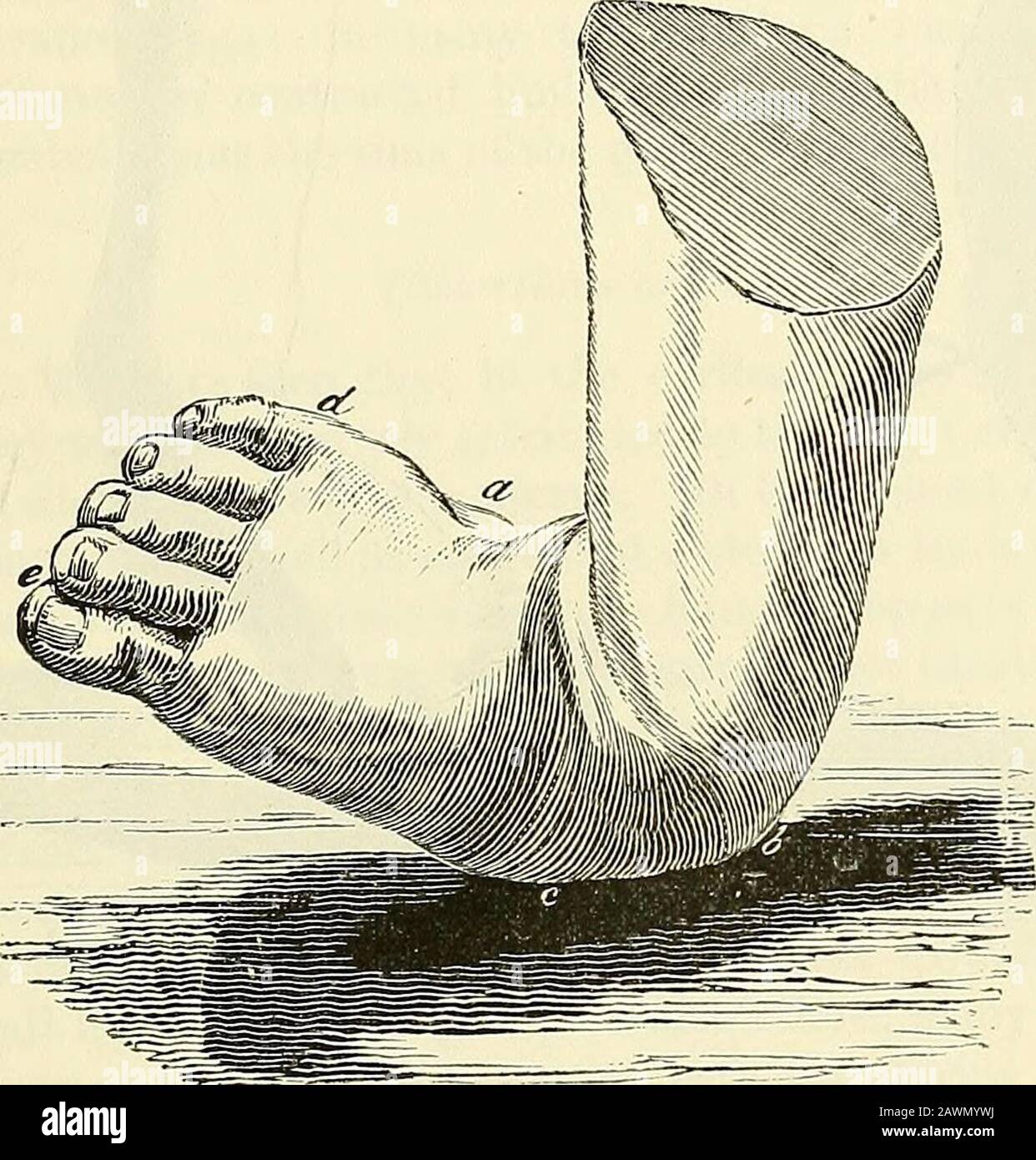



Talipes Valgus High Resolution Stock Photography And Images Alamy
Pediatric foot deformities encompass a range of conditions affecting the bones, tendons, and muscles of the foot Clubfoot, a prevalent and significant pediatric foot deformity, is discussed in its own chapter Here, a brief review is presented of some of the other more commonly seen conditions metatarsus adductus, tarsal coalitions, accessoryTalipes Equinus Varus or Club Foot is a condition of the feet in very young children and involves the feet of a baby being born pointing inwards It is usually identified after birth and affects a relatively large number of children in the UK (approximately 16/1000 births) There are two types of Talipes Equinus Varus positional talipes which usually resolves well with stretching and time andCLUB FOOT Types Postural CalcaneoValgus Look for CDH EquinoVarus Minor and correctable CLUB FOOT Types Idiopathic (Unknown Etiology) Congenital Talipes EquinoVarus CTEV Acquired, Secondary to CNS Disease Spina bifida, Poliomyelitis Arthrogryposis Absent Bone fibula / tibia Congenital Talipes EquinoVarus CTEV Congenital clubfoot or CTEV occurs typically
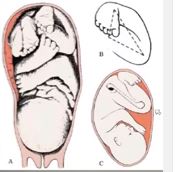



Introduction To Clubfoot Physiopedia




Clubfoot
Below the knee What plays a factor in the occurrence of clubfoot (talipes equinovarus or TEV)?Clubfoot is characterized by four types of foot deformities hindfoot equinus; Clubfoot (congenital talipes equinovarus) Clubfoot, also known as congenital talipes equinovarus, is a common idiopathic deformity of the foot that presents in neonates Diagnosis is made clinically with a resting equinovarus deformity of the foot Treatment is usually ponseti method casting




Club Foot



2
Valgus club foot types Congenital talipes equinovarus – or clubfoot – is a common paediatric condition occurring in one per 1000 births1 The cause is unknown, and up to 75% of cases have no family history of the condition 1 Clubfoot occurs twice as often in males and is bilateral (Figure 1) in up to 50% of cases 2–4 Clubfoot is a deformity characterised by structural equinus (pointingLearn club foot with free interactive flashcards Choose from 68 different sets of club foot flashcards on QuizletVarus position = supination of the calcaneus;



Club Foot The Foot And Ankle Online Journal




Clubfoot Associated With Equine Varus Vintage Engraving Clubfoot Associated With Equine Varus Vintage Engraved Canstock
Type in at least one full word to see suggestions list Even inflammatory changes in the whilst hallux valgus is a common foot deformity, it does not cause severe problems in all patients Start studying club foot types The word the type of operation your foot surgeon recommends to correct your bunion should be dictated by the severity of your bunion deformityForefoot Adductus medial deviation of the toes (adduction of the forefoot)And hindfoot varus A structured assessment method for clubfoot is




Talipes Equinovarus Clubfoot And Other Foot Abnormalities Pediatrics Merck Manuals Professional Edition
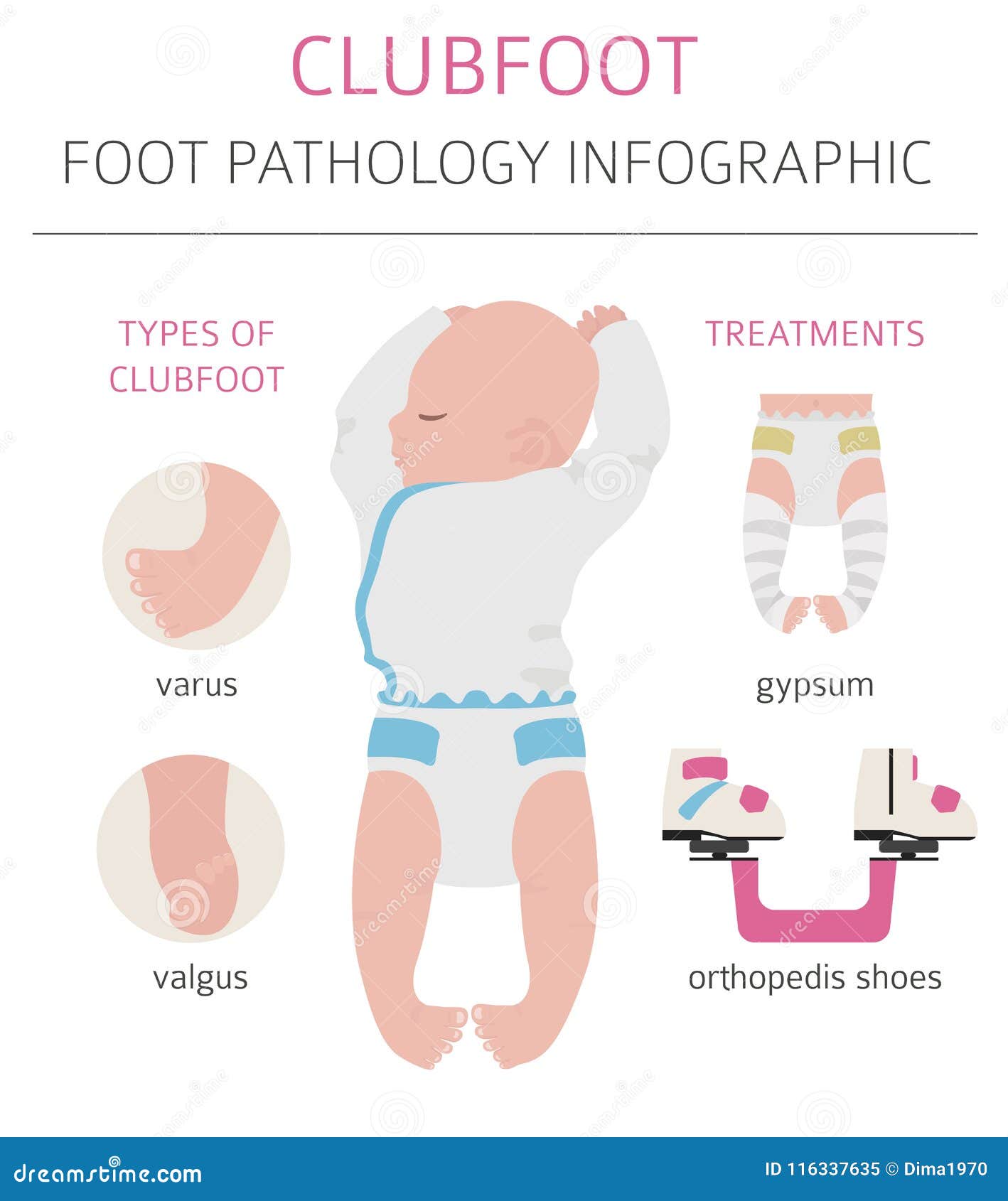



Foot Deformation Medical Desease Infographic Clubfoot Defect Stock Vector Illustration Of Condition Alignment
Varus of the hindfoot is the third part of the deformity of clubfoot The heel is in varus in relation to the tibia Equinus means an increase in the plantarflexion of the foot The entire foot points downwards in relation to the tibia Equinus of the hindfoot is therefore the fourth part of the clubfoot deformity The deformity consists of equinus/plantarflexion at the ankle combined with



Congenital Talipes Equinovarus Clubfoot Orthopaedicprinciples Com




Congenital Idiopathic Talipes Equinovarus American Academy Of Pediatrics
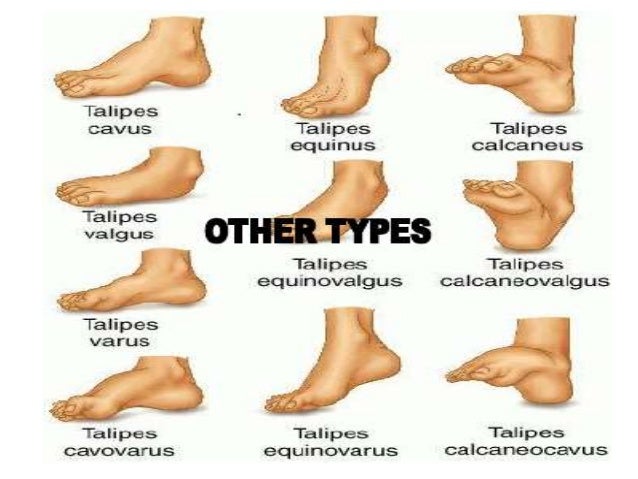



Clubb Foot




Congenital Talipes Equino Varus Congenital Clubfoot Dr Imran




Jaypeedigital Ebook Reader




Clubfoot Congenital Talipes Equinovarus Narayana Health



1
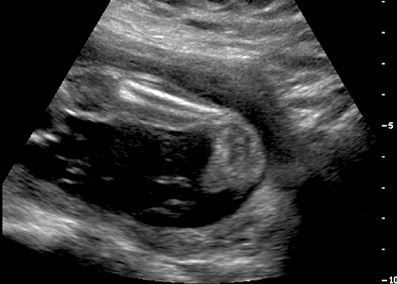



Clubfoot Congenital Talipes Equinovarus Pediatrics Orthobullets




Congenital Talipes Equino Varus Congenital Clubfoot Dr Imran




Club Foot Deformities Of The Hands And Feet




Clubfoot Congenital Talipes Equinovarus Pediatrics Orthobullets




Before Going To Doctor Which Must Know About Clubfoot Rxharun




Positional Clubfoot




Physio World Flat Feet Or Pes Planus Pes Cavus Club Foot Pes Calcaneus Plantar Fasciaitis Flat Feet Or Pes Planus Flat Feet In Themselves Are Not




Clubfoot Wikipedia



Clubfoot What Is Clubfoot What Causes Clubfoot Who Gets Clubfoot What Are The Symptoms Of Clubfoot




Clubfoot Eorthopod Com
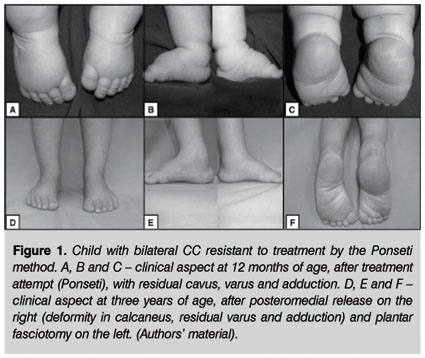



Scielo Brasil Pe Torto Congenito Pe Torto Congenito




Congenital Clubfoot Www Medicoapps Org




Prevalence And Characteristics Of Congenital Talipes Equinovarus Clubfoot In Northern Ghana A Two Year Retrospective Descriptive Study African Journal Of Current Medical Research




Clubfoot Foot And Ankle Deformities Principles And Management Of Pediatric Foot And Ankle Deformities And Malformations 1 Ed



Club Foot Dr Deepak Khurana Paediatric Orthopaedic Surgeon




Congenital Clubfoot Genetic Disorders Types Of Clubfoot




Foot Deformities Various Talipes Conditions Pediatric Physical Therapy Pediatric Nursing Medical Terms




Clubfoot Orthopaedia



1
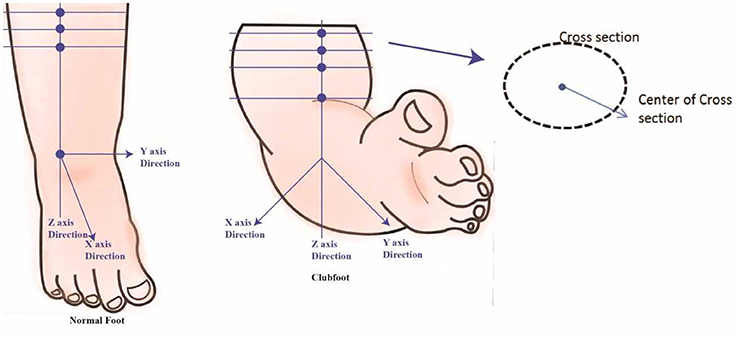



Frontiers Developing A Three Dimensional 3d Assessment Method For Clubfoot A Study Protocol Physiology
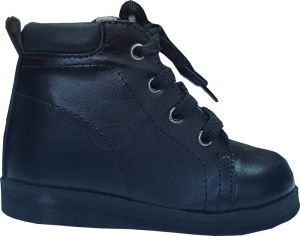



Antivarus Ctev Shoes Clubfoot Cf01 1 Yohmai Marketplace




Congenital Clubfoot Congenital Talipes Equino Varus Ppt Video Online Download
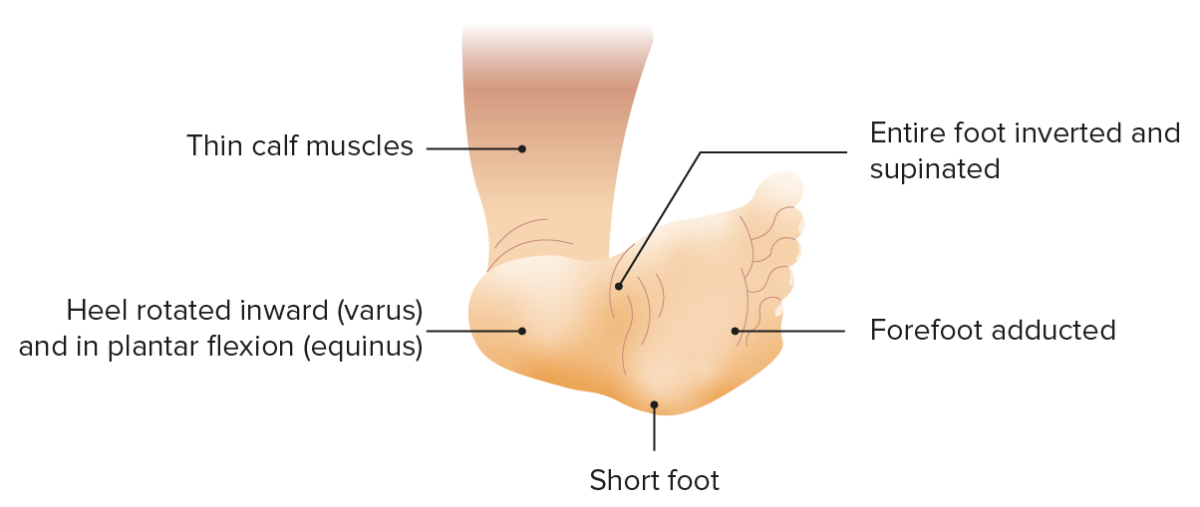



Foot Deformities Concise Medical Knowledge








Treatment Of Neglected And Relapsed Clubfoot With Midfoot Osteotomy A Retrospective Study




Talipes Club Foot Doctors Australia




Congenital Talipes Equino Varus In Human Body 2




Congenital Talipes Equino Varus Congenital Clubfoot Ppt Video Online Download




My Care Prosthetics And Orthotics Are You An Adult With Different Shaped Feet Due To Clubfoot Club Foot Is A Malformed Foot Or Two Malformed Feet Pointing Down And Inward



1
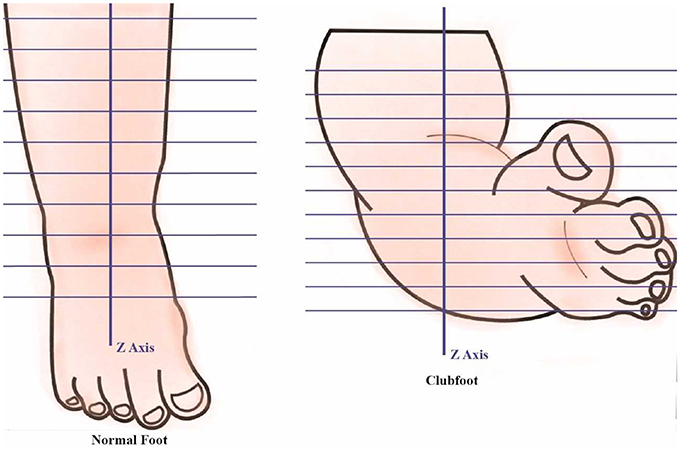



Frontiers Developing A Three Dimensional 3d Assessment Method For Clubfoot A Study Protocol Physiology




Club Foot Symptoms And Treatment




Dimeglio Classifi Cation Of Clubfoot Each Major Component Of Clubfoot Download Scientific Diagram
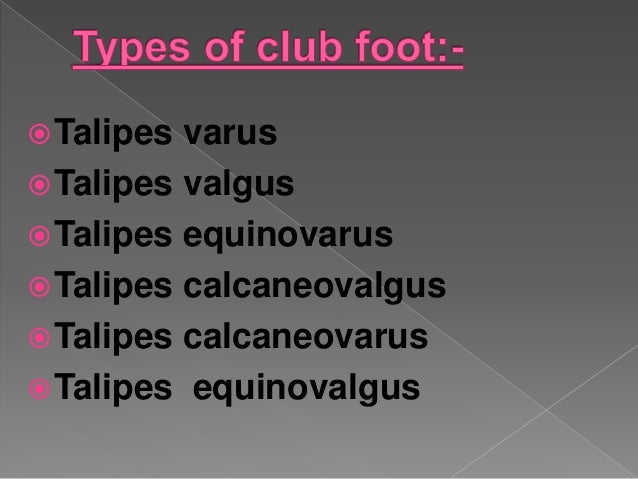



Club Foot




Club Foot Talipes In Babies Causes Signs Treatment Youtube




Clubfoot Congenital Talipes Equinovarus Pediatrics Orthobullets




Clubfoot Congenital Talipes Equinovarus Narayana Health



Clubfoot Symptoms Stages Definition Description Demographics Causes And Symptoms Diagnosis




Functional Rating System For Clubfoot 2 Download Table
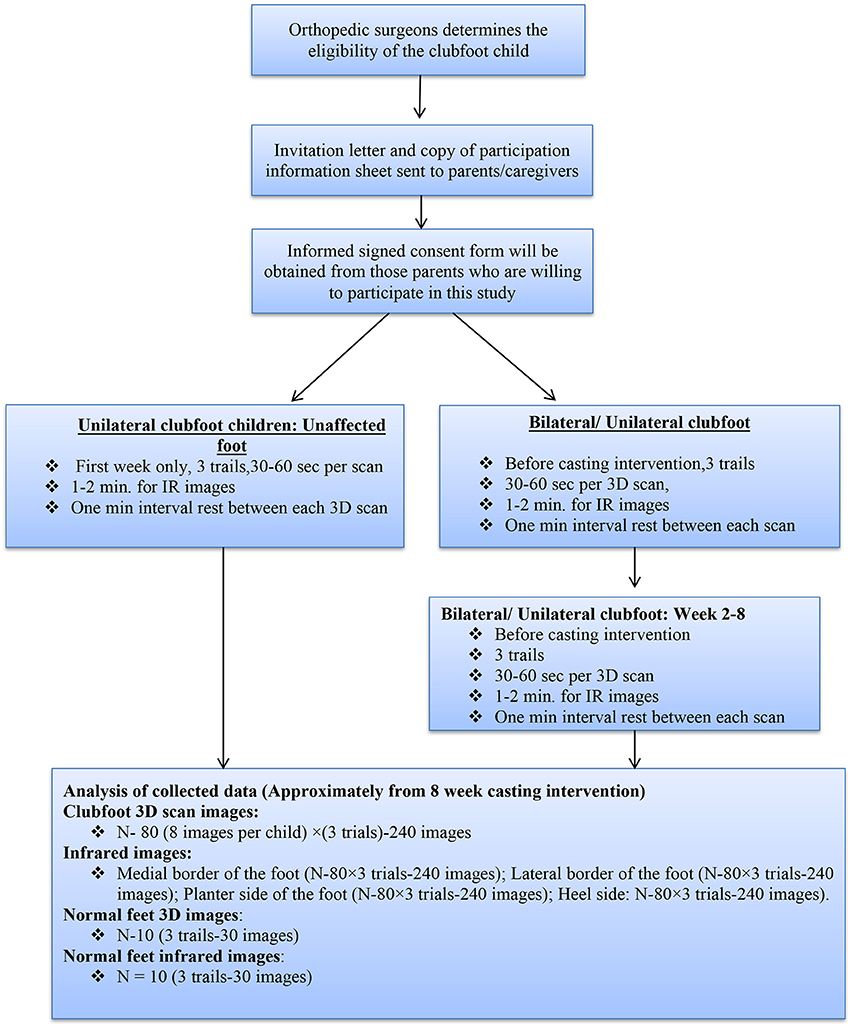



Frontiers Developing A Three Dimensional 3d Assessment Method For Clubfoot A Study Protocol Physiology




Congenital Club Foot In Child Kerala Nurses Hub Youtube




Congenital Talipes Equino Varus Congenital Clubfoot Dr Imran




What A Paediatrician Should Know About Congenital Clubfoot Italian Journal Of Pediatrics Full Text




Clubfoot And Other Foot Defects Children S Health Issues Msd Manual Consumer Version




Congenital Clubfoot Early Recognition And Conservative Management For Preventing Late Disabilities Springerlink



All About Club Foot Causes Symptoms Treatment Surgery




Club Foot Symptoms And Treatment
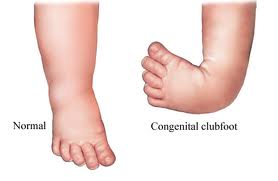



Introduction To Clubfoot Physiopedia




A Summary Of The Clubfoot Assessment Protocol Cap Download Table
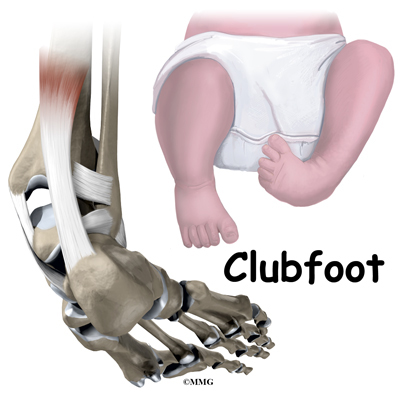



Clubfoot Eorthopod Com




Clubfoot Boston Children S Hospital
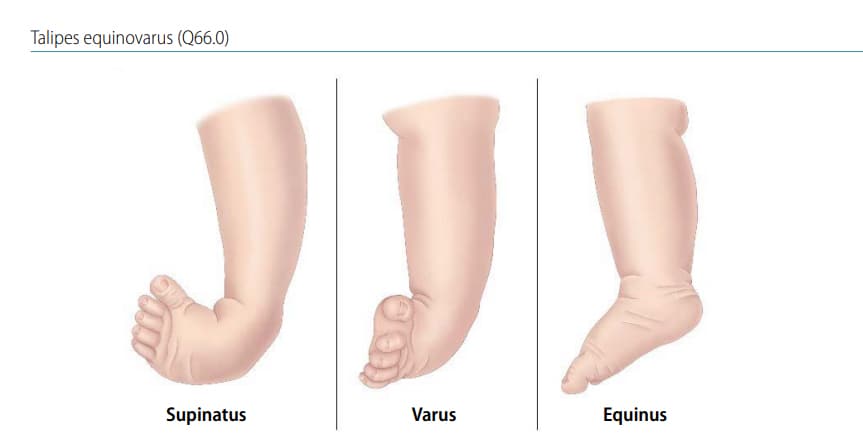



Chapter 4 9 Talipes Equinovarus Talipes Equinovarus Q66 0 Cdc




Management Of Neglected Recurrent And Resistant Congenital Talipes Equinovarus By Controlled Differential Fractional Distraction Using The Joshi S External Stabilization System Sciencedirect



1




What A Paediatrician Should Know About Congenital Clubfoot Italian Journal Of Pediatrics Full Text



Club Foot Talipes Equinovarus Ankle Foot And Orthotic Centre




Dimeglio Score Evaluation A Bilateral Clubfoot B Varus 3 C Download Scientific Diagram




Musculoskeletal Cogenital Disorder Flashcards Quizlet




Clubfoot Wikipedia




Clubfoot Pdf Pied Medecine Clinique




Clubfoot Its Types And Causes Simplified In Hindi Youtube




Clubfoot Congenital Talipes Equinovarus Narayana Health




Clubfoot Congenital Talipes Equinovarus Pediatrics Orthobullets




Congenital Talipes Equino Varus Congenital Clubfoot Dr Imran




Congenital Clubfoot Congenital Talipes Equino Varus Ppt Video Online Download




Treatment Of Relapsed Residual And Neglected Clubfoot Adjunctive Surgery Journal Of Children S Orthopaedics
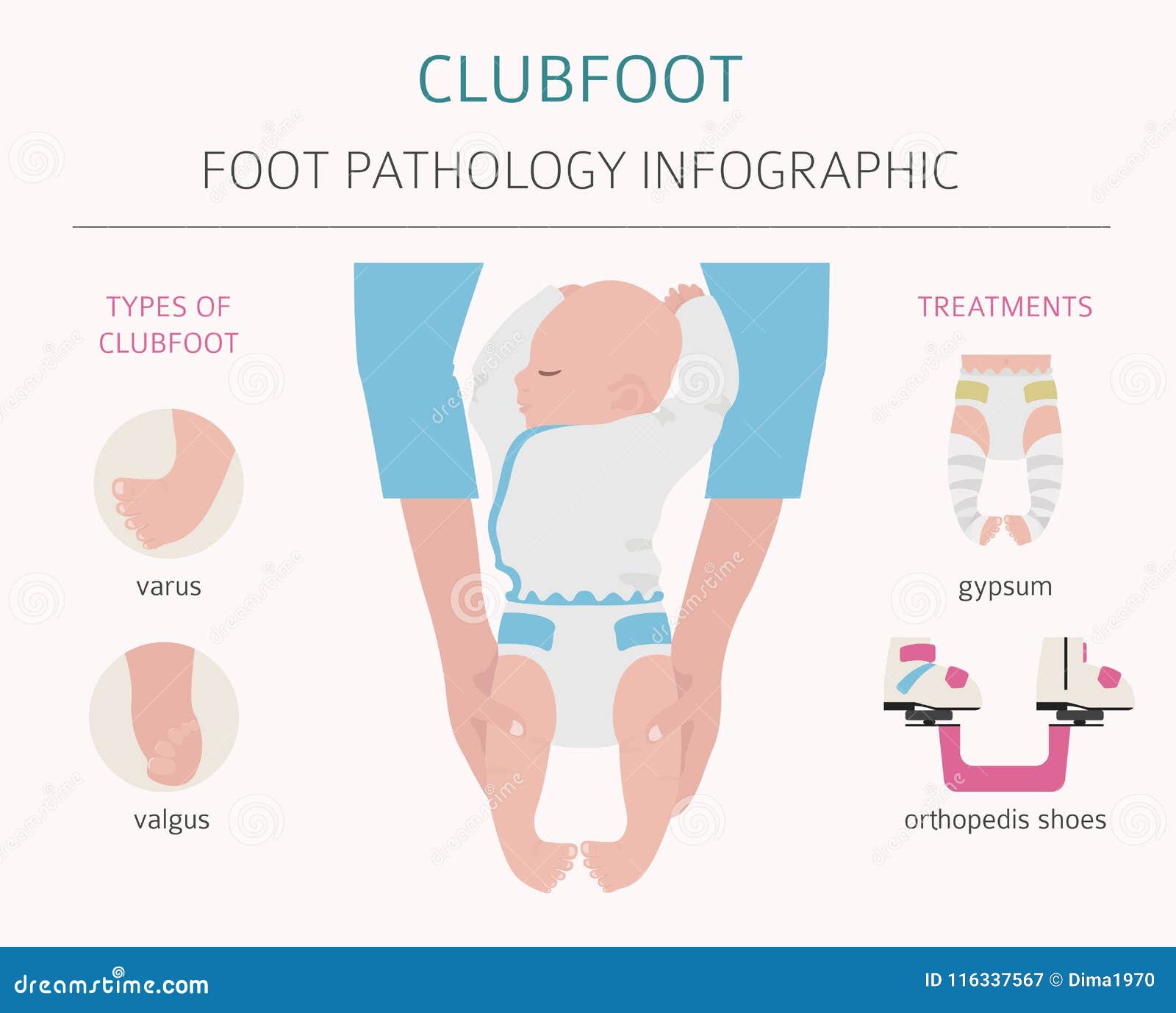



Foot Deformation Medical Desease Infographic Clubfoot Defect Stock Vector Illustration Of Icon Disease




Clubfoot Congenital Talipes Equinovarus Pediatrics Orthobullets




Talipes Pediatric Physical Therapy Medical Dictionary Medical Anatomy
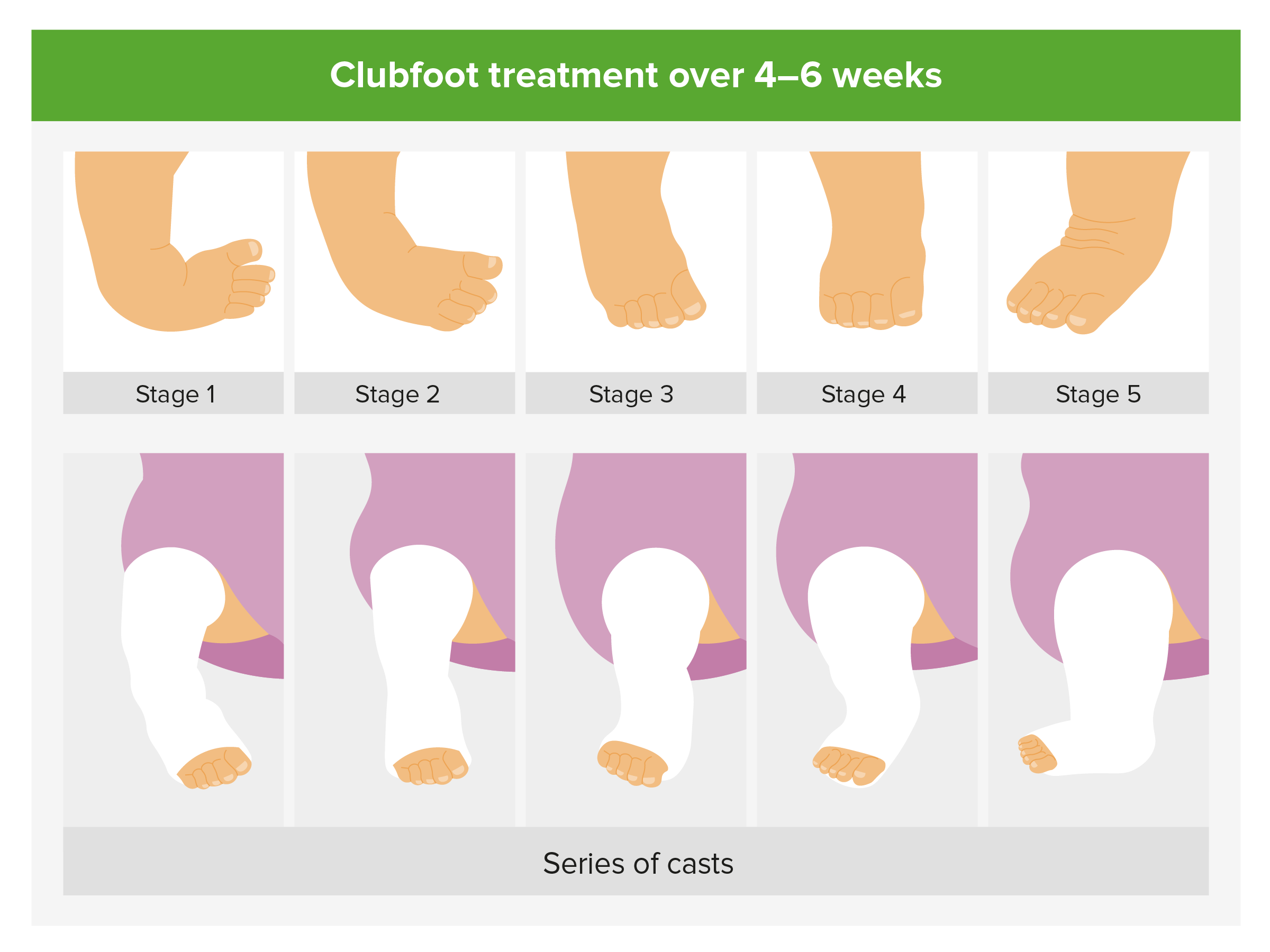



Foot Deformities Concise Medical Knowledge




Congenital Talipus Equino Varus Physiotherapy Treatment In Ahmedabad



0 件のコメント:
コメントを投稿